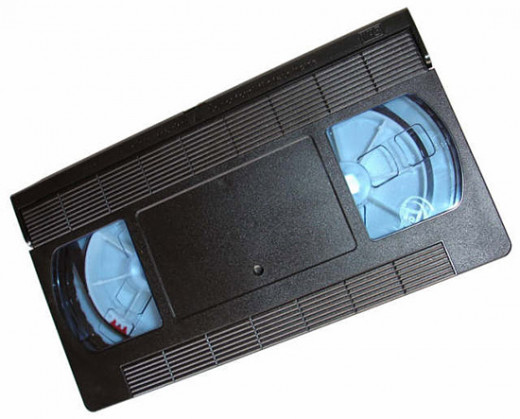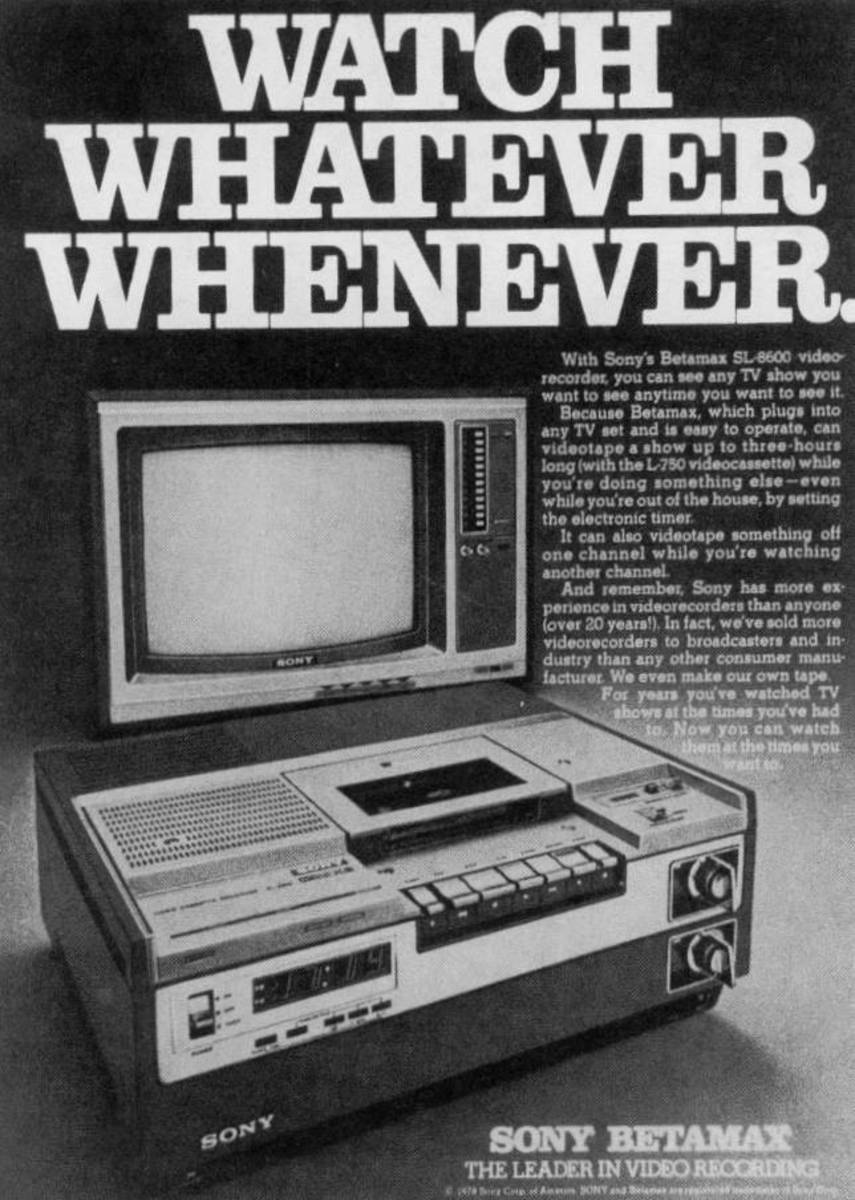The Rise and Fall of VHS

The Beginning
Home video was an exciting new thing in the late 1970s. Some electronics makers tried to make video discs like CED and LaserDisc the dominant format, but they were too big and bulky for common use. Thus the battle for dominance came down to VHS vs. Beta, and VHS eventually won out due largely to a longer recording time.
From the early 1980s until the early 2000s, VHS was the format on which movies were distributed to home buyers. The very first VHS machines also included the ability to record shows off of television. This revolutionized TV viewing, as viewers could now tape their favorite programs and watch them whenever they wanted.
The Downsides
One of the downsides of VHS was the quality. Not only did the tape display a smaller picture resolution than broadcast TV, but it also degraded with time and repeated viewings.
Durability was another questionable aspect. Many tapes, especially those available in rental stores, were prone to breaking apart in players. I personally had the experience of Twilight Zone: The Movie, a film whose production was supposedly "cursed," falling apart in my VCR. We took the rolling spools of exposed tape out of the deck and managed to roll them back into the cassette after taking it apart.
Another downside was that very few widescreen films were available on VHS. Most VHS movies were "pan and scan" to fit the TVs of the time, so viewers rarely saw movies the way they were intended. True film enthusiasts were thus forced to embrace LaserDisc, which provided higher quality picture and many times a widescreen transfer.
The Fall
With the advent of DVD in the late 1990s, consumers now had a smaller and more convenient way to watch movies. There was no fast forwarding or rewinding required, the quality was much better, and the discs usually contained more features than VHS.
VHS continued to be used for quite a while as a recording format, but with the advent of personal DVRs built into cable boxes, on-demand, and internet video, viewers had little reason to continue to tape shows. Those who enjoyed doing this figured out ways to record directly into their computer, or they bought a DVD recorder, a device that has since mysteriously disappeared from store shelves.
VHS players and tapes have also disappeared from shelves, except when you go to your local Goodwill, where you will find shelves upon shelves and no one browsing them. This brings up a whole separate issue of recycling them, which is possible in many areas. Please do not throw your VHS tapes in the trash.
Conclusion
Overall, VHS was a consumer format that was never really the best for what it did. DVD came along and blew it out of the water, and of course now Blu-ray is attempting to do the same to DVD, although the future of movie watching is likely not on a disc or tape at all.
Further Reading
I talk more about VHS, including how to integrate your old VCR into your newer HDTV setup, on my blog and in my book, both available at www.hdtvdecoded.com.






